Rose Atoll Marine National Monument
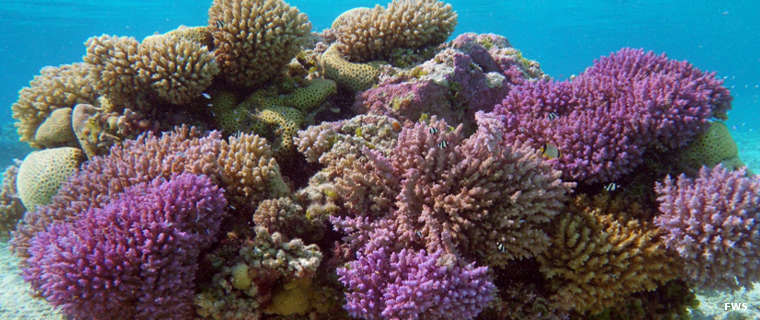
A coral block off-shore from Rose Atoll
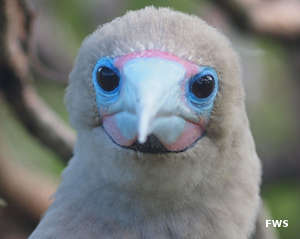
President George W. Bush established Rose Atoll Marine National Monument on January 6, 2009, just days before his time as President ended. The monument encompasses all emergent land and and submerged areas for a distance of 50 miles offshore from the mean low tide level at Rose Atoll. That means there are some 13,451 square miles of emergent and marine real estate included. Both islands of Rose Atoll itself are only about 21 acres in total. They enclose a lagoon of about 1,600 acres and the Rose Atoll National Wildlife Refuge at the center of the Marine National Monument contains some 39,066 acres. When the Fagatele Bay National Marine Sanctuary was expanded to become the National Marine Sanctuary of American Samoa, Rose Atoll National Marine Monument was included. The US Fish & Wildlife Service has jurisdiction over the National Wildlife Refuge and shares jurisdiction over the Marine National Monument and National Marine Sanctuary with the National Oceanic and Atmospheric Agency.
Rose Atoll is extremely important in the region as about 97% of all the sea birds in the American Samoa region nest there, including boobies, frigatebirds, tropicbirds, terns and noddies. There have been more than 110 species of coral found in the area, and most species are different from those found just to the west in the American Samoa islands. There are also more than 270 species of fish in the water. Threatened green sea turtles and endangered Hawksbill turtles are regular visitors and many lay eggs on the atoll. Also in the waters around Rose Atoll are the largest populations of giant clams and rare species of reef fish in the American Samoa area. Pilot whales, dolphins and endangered humpback whales have also been sighted in the area.
Rose Atoll itself is composed of two islands: Rose and Sand. Rose Island is about 14 acres in size and supports a small Pisonia forest and other vegetation. Sand Island is a shifting sand bank about 7 acres in size and supports virtually no vegetation since everything was washed away several years ago in a hurricane. Neither island is ever more than 8 feet above the high tide waves. US Fish & Wildlife personnel successfully eradicated the introduced rats back in 1993 but since then, there has been a massive attack on the island by foreign ants and scale insects that has reduced the Pisonia forest to only a few healthy trees. That said, other vegetation is luxuriant due to the moderate temperatures and high annual rainfall. The atoll also sees regular tropical storms and the occasional typhoon pass over.
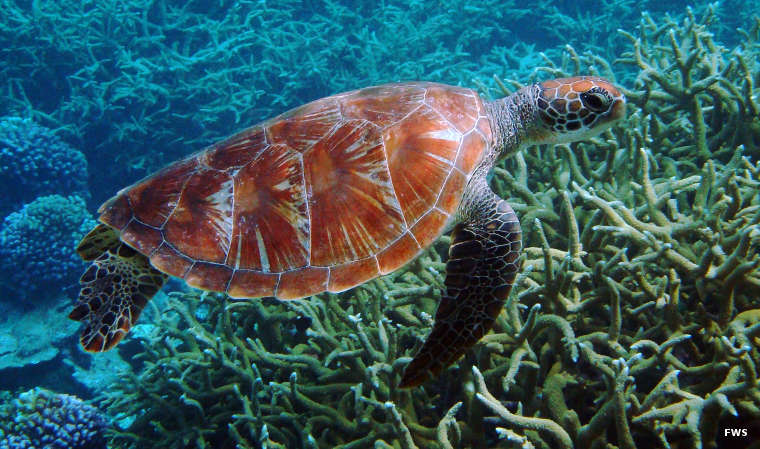
A green sea turtle near Rose Atoll
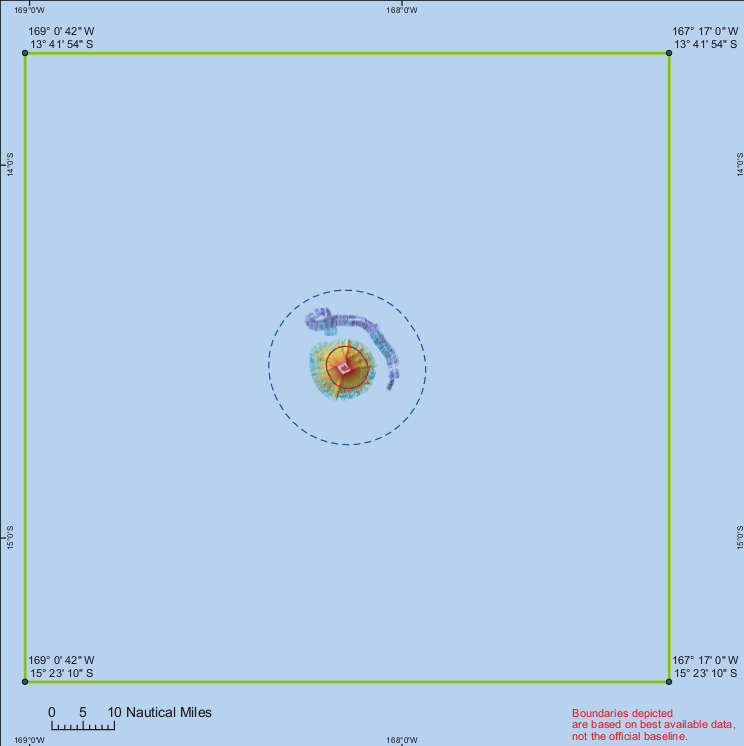
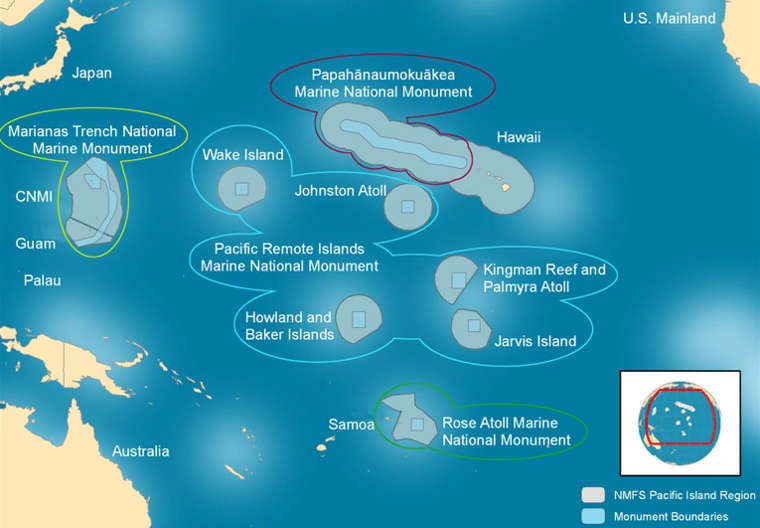
Pacific Remote Islands Marine National Monument map